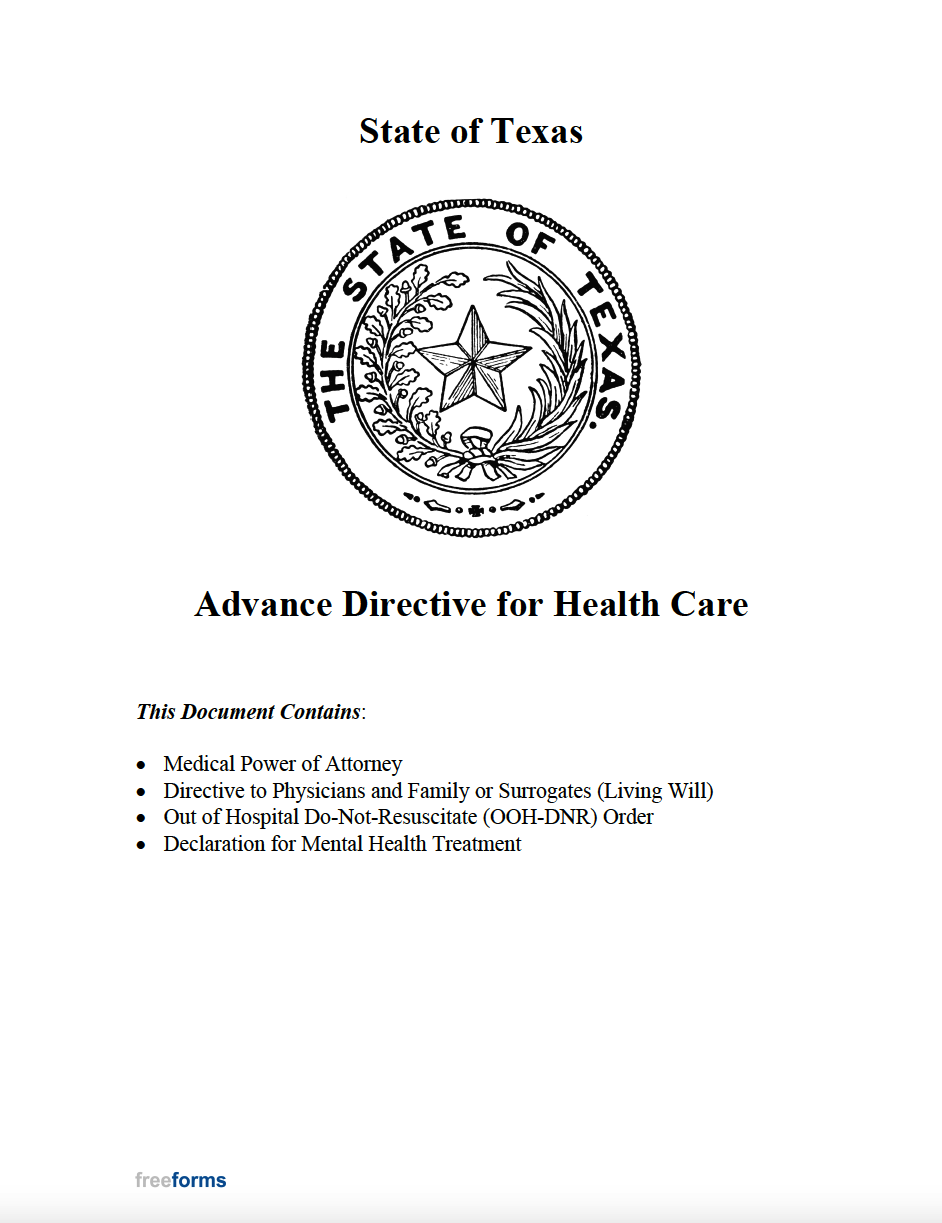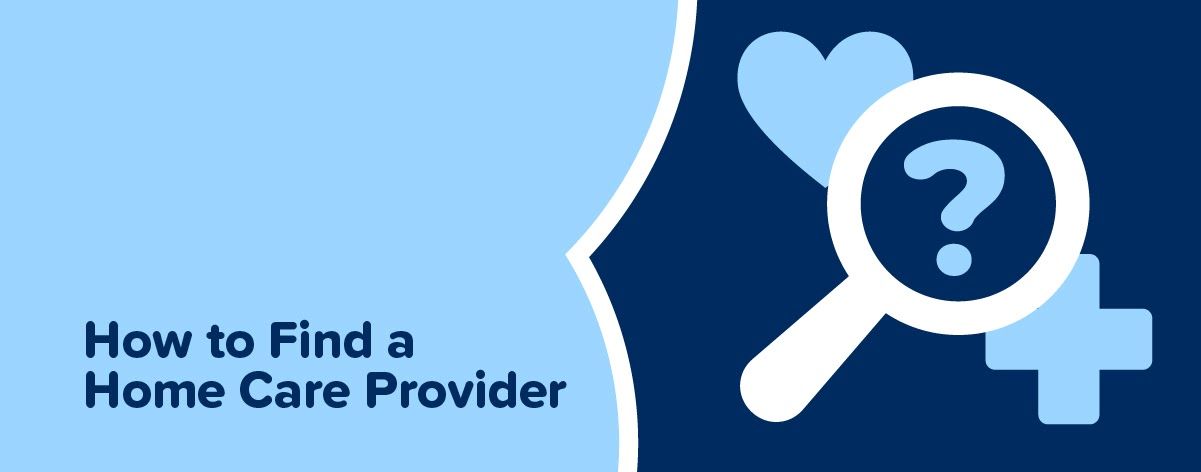
If you are unsure how to check the license of your MHCP provider, it is possible that your provider has not yet obtained a dhs 6638 licensing. It is important to have all of the required licenses in order to operate as a provider of MHCP services in your state. Here are some tips for determining if a MHCP provider is eligible for a dhs 6638.
MHCP provider's dhs 6638
MHCP providers should be familiar with their rights under the Affordable Care Act. To comply, providers must follow the prescribed procedures and provide any information required under the program. They could be denied access to federal money if they fail to follow the rules.

An MHCP provider must adhere to the federal provider screening regulations. This includes compliance with the DHS-6638. A DHS-6638 must be submitted by any provider who isn't licensed. The Department of Human Services will then license them.
MHCP provider's dhs 245D "HCBS Waiver" license
A MHCP provider's dhS 245-2 "HCBS Waiver" is required if you are going to offer Medicaid-covered home medical care. These licenses are required under the Medicaid program and required by Department of Health and Human Services. Here are some steps for those who want to apply.
Start by checking the provider’s license status. If your provider is unlicensed, you need to submit DHS-3891 Request for Licensing Agency Identification Number (DHS-3891) along with a background check for all owners and managers. You will need to wait until the Department of Human Services licenses your service.
You must obtain a license from DHS before you can bill clients. You will be able to bill Medicaid for the services you provide with this license. You should remember that Medicaid will pay you under your DBA name. You must register your DBA with Office of Minnesota Secretary. If you don't, you could receive a rejection letter and/or a request for additional information.

Minnesota's waiver program allows you to apply to a Consumer Directed Community Supports(CDCS) service. This type waiver program helps people with disabilities manage their medical care. DHS's Aging and Adult Services Division oversees this program.
FAQ
What is the difference of a doctor and physician?
A doctor can be defined as someone who has completed medical training and is licensed. A physician can be described as a medical professional who is skilled in a specific area of medicine.
What is "health promotion"?
Health promotion is about helping people to live longer and remain healthy. It focuses more on preventing disease than treating it.
It covers activities such:
-
Eating right
-
getting enough sleep
-
exercising regularly
-
Staying active and fit
-
It is important to not smoke
-
managing stress
-
Keeping up with vaccinations
-
Alcohol abuse prevention
-
Regular checkups and screenings
-
Learn how to deal with chronic illnesses.
What should I know about vaccines?
Vaccines provide a very safe and effective way of keeping you healthy. Vaccines provide immunity against certain diseases. Vaccinations can be given at specific times throughout your childhood, adolescence, or adulthood. Your doctor will help you decide when is the best time to get vaccines.
What is the role of the healthcare system?
The economy of any country is dependent on its health system. It allows people to live longer and healthier lives. It also creates jobs for doctors, nurses, and other medical professionals.
Access to high-quality healthcare services is possible through the health care system.
You will need to be able to comprehend the functioning of healthcare systems if your goal is to be a doctor or nurse.
What is a health care system?
The entire spectrum of health care is covered, including rehabilitation and prevention. It includes hospitals and clinics as well as pharmacies and community services.
Complex adaptive systems are the hallmark of health systems. They have emergent properties which cannot always be predicted by looking at individual components.
Complexity of the health system makes it difficult to understand and manage. This is where creativity steps in.
Creativity can help us solve problems that we don’t have the answers to. We use our imaginations to create new ideas and develop ways to improve things.
Health systems need people who think creatively because they're constantly evolving.
Thinkers who are creative can change the way the health system works for the better.
What are the services of health care?
Patients need to be aware that they can get quality healthcare any time. We're available to assist you with routine or urgent care.
We offer many types of appointments including walk-in clinics and same-day surgery. For those who live outside of our clinic, we also offer home care visits. We will ensure that you get prompt treatment at the nearest hospital if you aren't comfortable visiting our clinic.
Our team includes nurses and pharmacists as well dentists. We strive to make every visit as simple and painless for our patients.
Statistics
- Healthcare Occupations PRINTER-FRIENDLY Employment in healthcare occupations is projected to grow 16 percent from 2020 to 2030, much faster than the average for all occupations, adding about 2.6 million new jobs. (bls.gov)
- Consuming over 10 percent of [3] (en.wikipedia.org)
- The health share of the Gross domestic product (GDP) is expected to continue its upward trend, reaching 19.9 percent of GDP by 2025. (en.wikipedia.org)
- About 14 percent of Americans have chronic kidney disease. (rasmussen.edu)
- The healthcare sector is one of the largest and most complex in the U.S. economy, accounting for 18% of gross domestic product (GDP) in 2020.1 (investopedia.com)
External Links
How To
What are the 4 Health Systems?
The healthcare system is a complex network of organizations such as hospitals, clinics, pharmaceutical companies, insurance providers, government agencies, public health officials, and many others.
The overall goal of this project was to create an infographic for people who want to understand what makes up the US health care system.
These are some key points.
-
Healthcare spending is $2 trillion annually, representing 17% of the GDP. That's almost twice the size of the entire defense budget!
-
In 2015, medical inflation reached 6.6%, which is higher than any other consumer category.
-
Americans spend an average of 9% on their health costs.
-
As of 2014, there were over 300 million uninsured Americans.
-
Although the Affordable Health Care Act (ACA), has been approved by Congress, it hasn't yet been fully implemented. There are still significant gaps in coverage.
-
The majority of Americans think that the ACA needs to be improved.
-
The US spends the most money on healthcare in the world than any other country.
-
If every American had access to affordable healthcare, the total cost would decrease by $2.8 trillion annually.
-
Medicare, Medicaid, as well as private insurers, cover 56% all healthcare expenditures.
-
People don't have insurance for three reasons: they can't afford it ($25 Billion), don’t have enough time to search for it ($16.4 Billion), and don’t know about it ($14.7Billion).
-
There are two types, HMO (health maintenance organization), and PPO (preferred providers organization).
-
Private insurance covers many services, including doctors and dentists, prescriptions, and physical therapy.
-
The public programs include hospitalization, outpatient surgery and nursing homes. They also cover long-term care and hospice care.
-
Medicare is a federal program that provides senior citizens with health coverage. It pays for hospital stays and skilled nursing facility stays.
-
Medicaid is a program of the federal and state governments that offers financial assistance to low-income people and families who earn too much to be eligible for other benefits.